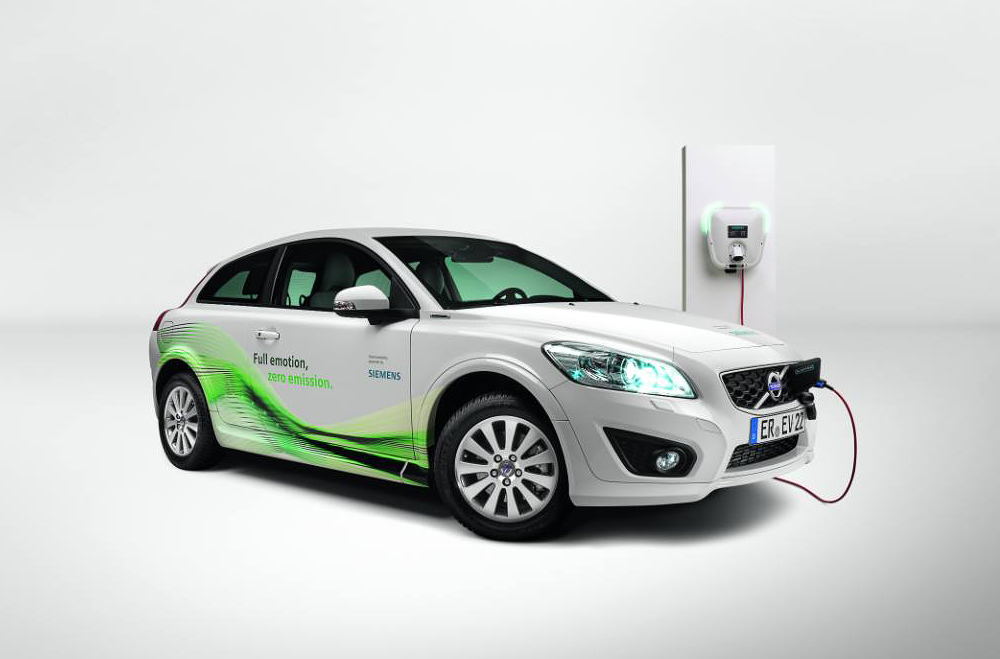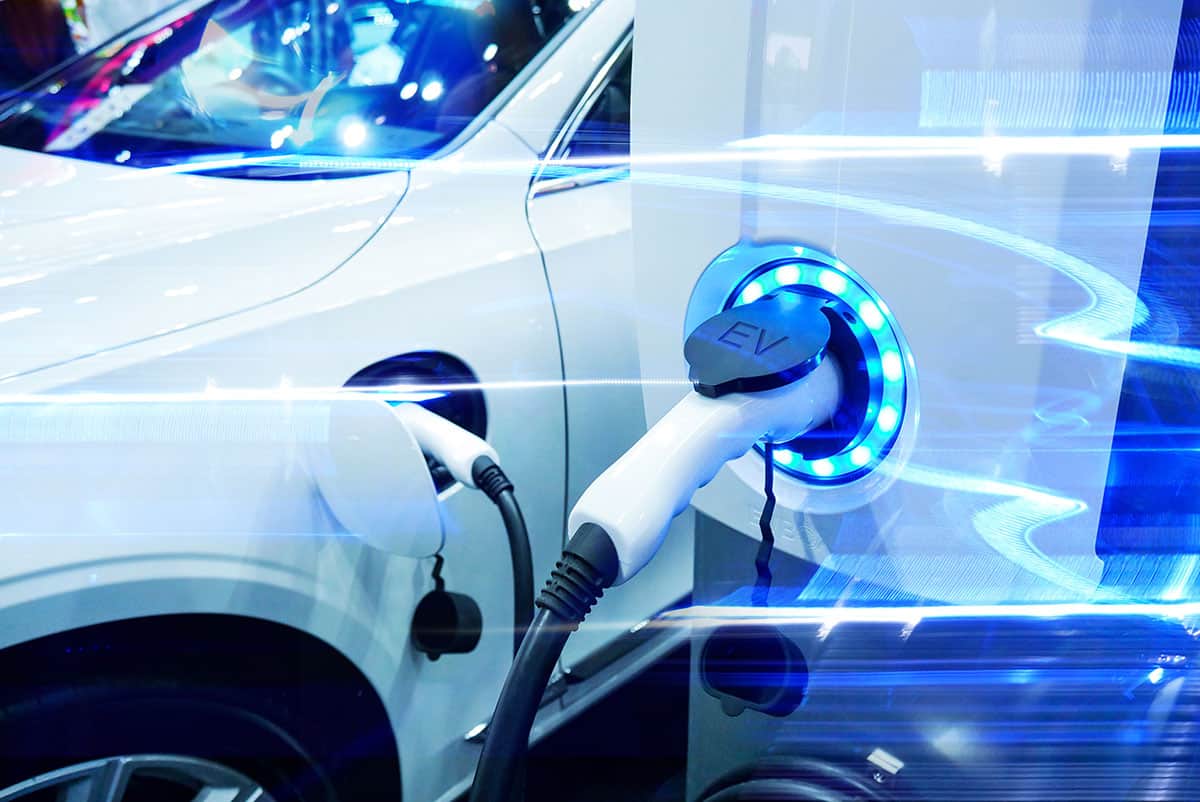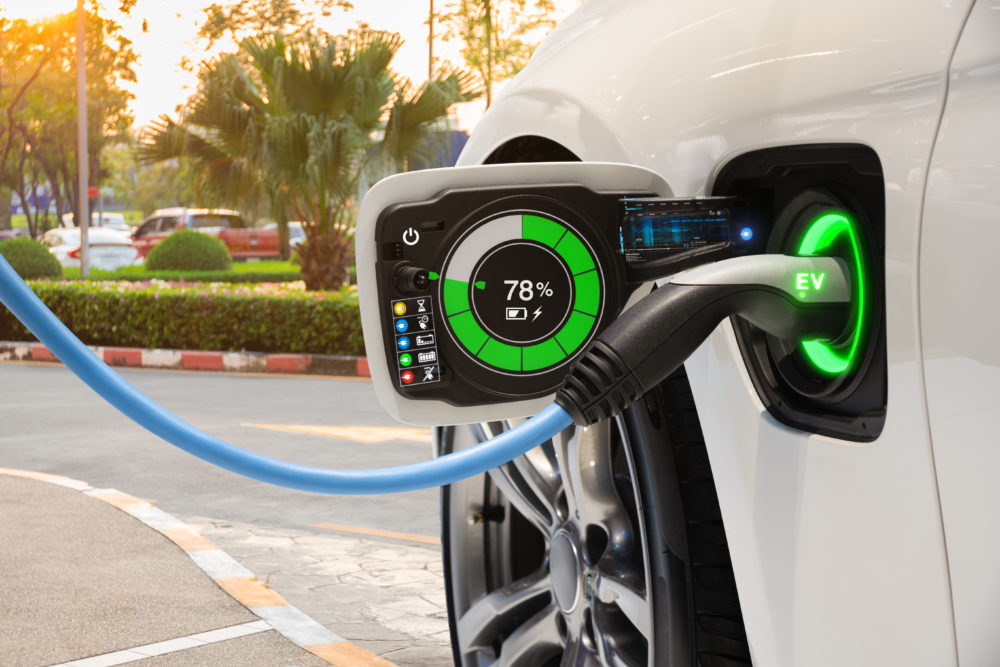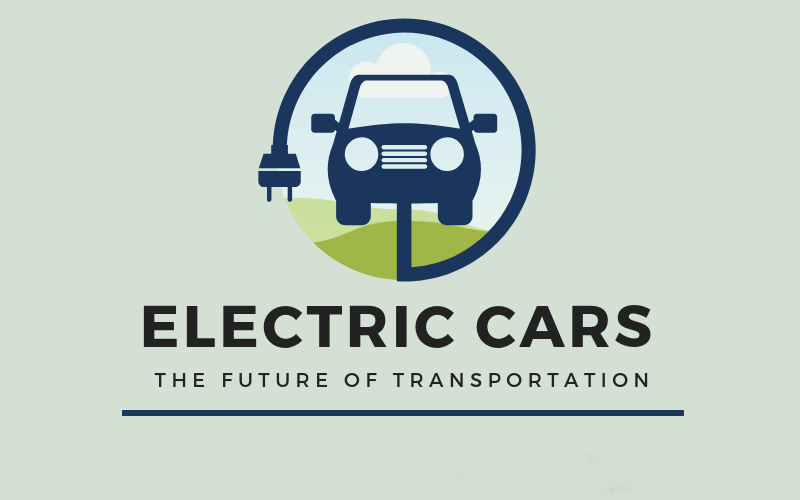Why Electric Cars are a near future and not a distant one (Dwaipayan Mondal)
The electric vehicle (EV) revolution is speeding up, but it can only go so far without the necessary infrastructure and technology. As thinking shifts from fossil fuels to all-electric, visions of a brighter, more optimistic world come into view. The UK government’s pledge to ban the sale of all new non-electric cars, including gasoline, diesel and hybrid vehicles from 2035, highlights the drive to end the nation’s contribution to Climate Change by 2050.

If the 2035 target is to be met, we will all see evolutions in the transport and mobility routines that keep our lives moving. From using ultra-fast wireless charging to supporting the developing world by repurposing car batteries, WMG, at the University of Warwick, is delivering advances in electrification knowledge and technologies, which will enable the leap to an electric automotive future.

The Predictions
While popular science fiction has set high the expectations of what the future of transportation will look like, BloombergNEF(BNEF) has painted a picture of how the auto industry will evolve in its latest Long-term Electric Vehicle Outlook report.
In the report, BNEF outlines that electric vehicles (EVs) will hit 10% of global passenger vehicle sales in 2025, with that number rising to 28% in 2030 and 58% in 2040. According to the study, EVs currently make up 3% of global car sales.

Beyond just new sales, EVs are predicted to represent 31% of all cars on the road in 2040, making up 67% of municipal buses, 47% of two-wheeled vehicles (scooters, mopeds, motorcycles and so on) and 24% of light commercial vehicles. Compare this to 2020, where EVs make up 33% of municipal buses, 30% of two-wheeled vehicles and 2% of light commercial vehicles.

In terms of gross vehicles usage, BNEF predicts that 500 million passenger EVs will be on the road globally by 2040, compared to a total passenger vehicle fleet of 1.6 billion. Unfortunately, there will still be more miles driven globally by internal combustion passenger vehicles than EVs.
Sales and price parity
The ramp in EV adoption will be initially led by reaching price parity with internal combustion engine vehicles. This will begin when large vehicles hit this point in Europe, which is expected to happen in 2022 and will end with small cars making the achievement in India and Japan around 2030.
While this parity takes a global perspective, it will be hard-driven by the European and Chinese markets, which are expected to represent 72% of all passenger EV sales in 2030. By 2030, China and Europe are expected to achieve the feat of 50% of all cars on the road being EVs.

This will be because of the other head of EV adoption, policy support, taking the form of European vehicle CO2 regulations and China’s EV credit system, fuel economy regulations and city policies restricting new internal combustion vehicle sales.
Why can it be beneficial?
According to environmentally conscious websites like Earth911 and Energy Sage, there are several notable advantages of owning an electric car including:
- They are better for the environment
- Electricity can be a renewable resource, gasoline cannot
- They require less expensive and less frequent maintenance.
- They are quieter than gas vehicles
- There are tax credits available for owners of electric cars
- There are special highway lanes in some places for electric car

Conclusion
For the most part the public are in favour of EVs, but until they meet the threshold requirements of range, rechargeability and affordability of individual users, they will remain beyond reach. Great science and robust engineering can and will address these problems over time.
~Dwaipayan Mondal

Comments
Post a Comment